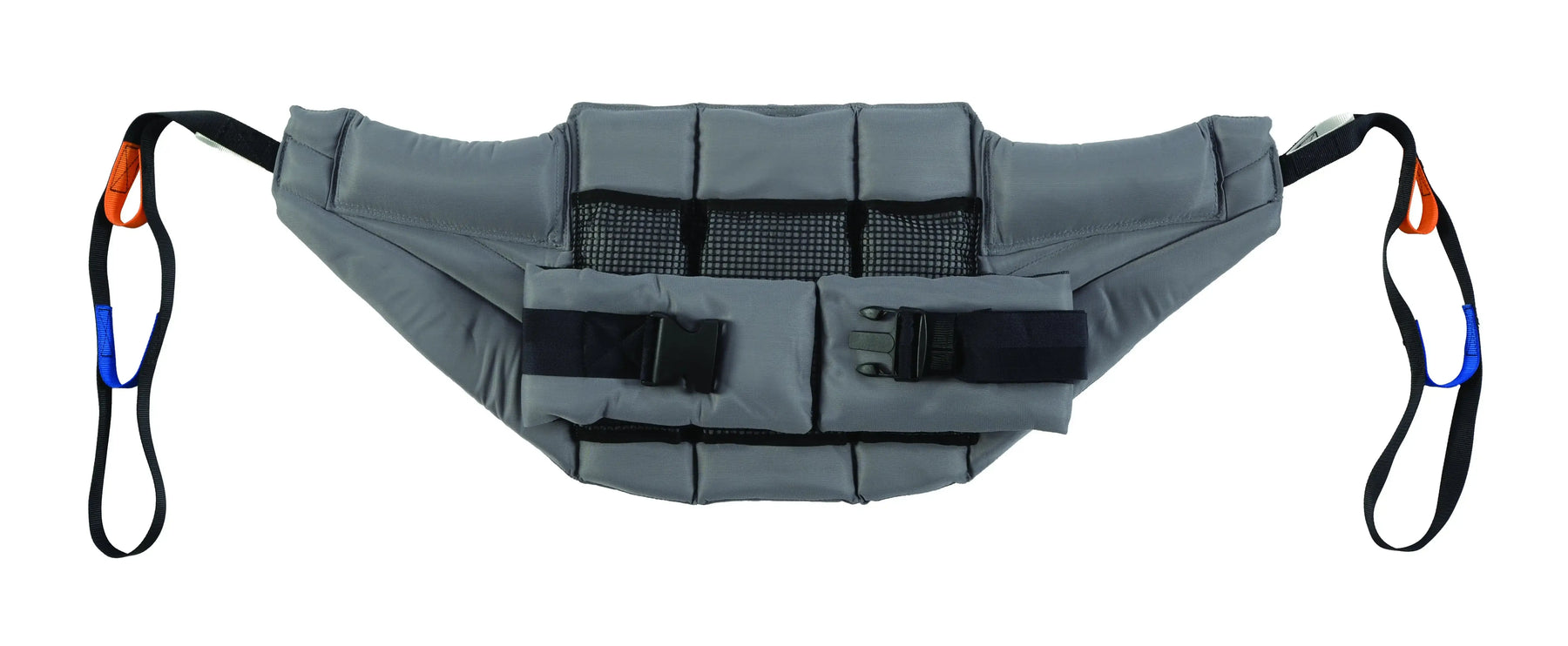Choosing the Right Pediatrician for Your Child: A Guide to Finding the Best Child Doctor Choosing the Right Pediatrician for Your Child: A Guide to Finding the Best Child Doctor
When it comes to your child’s health, choosing the right pediatrician is one of the most important decisions you’ll make as a parent. A pediatrician, also known as a child doctor, is a medical professional who specializes in the care of children, from infancy through adolescence. A pediatrician not only helps manage your child’s growth and development but also provides guidance on preventing and treating illnesses. With so many options available, here’s a comprehensive guide to help you find the best pediatrician for your family.
Why Choosing the Right Pediatrician Matters
Your child’s pediatrician will play a central role in their healthcare journey. From routine check-ups to managing chronic conditions and providing vaccinations, your child’s doctor will be responsible for addressing a wide range of health needs. A good pediatrician can help you navigate your child’s development, answer your health-related questions, and offer advice on everything from nutrition to emotional well-being.
Here are a few reasons why choosing the right pediatrician is so crucial:
Building a Long-Term Relationship: A pediatrician will be part of your child’s life for many years, guiding them through milestones, illnesses, and preventive care. Establishing a strong relationship early on ensures consistency and trust in your child’s medical care.
Expert Guidance on Health Matters: Pediatricians are trained to deal with the specific health concerns and conditions that affect children. Whether it’s managing a fever, addressing developmental delays, or handling allergies, a pediatrician’s expertise is invaluable in ensuring your child stays healthy and happy.
Preventing and Treating Illnesses: A pediatrician plays a key role in preventing illnesses through regular vaccinations, screenings, and health assessments. They also provide treatment for common childhood illnesses such as colds, ear infections, and respiratory issues.
What to Look for in a Pediatrician
Finding the right pediatrician for your child requires careful consideration. Here are key factors to keep in mind as you search for the best child doctor:
Qualifications and Experience: First and foremost, your pediatrician should be board-certified. This means they have completed the necessary medical education, training, and examinations to provide quality care. Look for a pediatrician with experience in treating children of all ages, and if possible, find someone who has experience with specific conditions or needs your child may have.
Compatibility and Communication: Your pediatrician should be someone you feel comfortable with and who listens to your concerns. They should communicate clearly, providing explanations that are easy to understand and ensuring you’re involved in decisions about your child’s health. The pediatrician should also create an environment where your child feels comfortable, fostering trust and reducing anxiety.
Approach to Healthcare: Different pediatricians may have different approaches to care. Some may focus on a more holistic approach, integrating nutrition and lifestyle into their recommendations, while others may focus more on conventional treatments. It’s important to find a pediatrician whose approach aligns with your family’s values and preferences. If you have specific concerns about medical practices, such as vaccination schedules or antibiotic use, be sure to discuss them before making a choice.
Location and Availability: Ideally, your pediatrician’s office should be conveniently located for easy access. Check the office hours to ensure they align with your schedule, and confirm whether the pediatrician offers after-hours services or emergency care in case your child needs attention outside of regular hours. Availability can be especially important when dealing with unexpected illnesses.
Office Atmosphere and Staff: The office environment should be welcoming and child-friendly. Look for a practice that has a comfortable waiting area, and be sure to evaluate how the staff interacts with children. Friendly, compassionate staff members make a big difference in creating a positive experience for your child.
Reputation and Referrals: Personal recommendations can be invaluable when choosing a pediatrician. Ask friends, family members, or other parents for referrals. You can also check online reviews and ratings, but remember that every experience is unique. A referral from someone you trust can provide additional confidence in your decision.
Insurance and Payment: Before scheduling an appointment, confirm that the pediatrician accepts your health insurance plan. Understanding your insurance coverage and co-pays is important to avoid unexpected costs. Additionally, ask about payment options, especially if you need flexible arrangements for any out-of-pocket expenses.
What to Expect During Your First Visit
The first visit to a Pediatrician Austin is a great opportunity to get to know the doctor and establish a rapport. Here’s what you can expect during that visit:
Health History Discussion: The pediatrician will want to know your child’s medical history, including prenatal and birth history, any current medical issues, and family medical history. It’s a good time to discuss any concerns you have about your child’s development, health, or behavior.
Physical Exam: The pediatrician will conduct a physical exam, checking your child’s growth, weight, and overall health. They may measure your child’s height, check their vital signs, and perform a thorough assessment to ensure that everything is progressing normally.
Vaccinations: Your pediatrician will review the vaccination schedule and ensure that your child receives the necessary immunizations according to the recommended timeline. This is also a good time to discuss any concerns you may have about vaccinations.
Developmental Milestones: The pediatrician will monitor your child’s development, asking questions about their motor skills, speech, and cognitive abilities. They may offer advice on nutrition, sleep, and behavior based on your child’s age and stage of development.
Ask Questions: Don’t hesitate to ask any questions you have about your child’s health, behavior, or growth. A good pediatrician will welcome your questions and provide thorough answers.
How to Build a Relationship with Your Pediatrician
A strong relationship with your pediatrician is vital for your child’s long-term health. Here are a few tips for building a positive, trusting relationship:
Be Open and Honest: Share any concerns, no matter how small they may seem. This helps the pediatrician address issues early on and provide the best care possible.
Follow-Up: Keep up with your child’s appointments and follow any advice or treatment plans recommended by the pediatrician. Staying on top of check-ups and preventive care ensures your child remains healthy.
Keep Communication Open: As your child grows, their health needs will change. Keep the lines of communication open with your pediatrician, and don’t hesitate to reach out with any new concerns.
Conclusion
Choosing the right pediatrician is one of the most important decisions you’ll make for your child’s health. With the right doctor, you’ll not only have someone to guide your child through routine care and sickness but also someone who understands your family’s values and helps provide advice for healthy growth. By considering factors like qualifications, communication style, and approach to care, Child Doctors Austin ensures your child’s health and well-being for years to come.
Pediatric Associates of Austin has been a trusted healthcare provider for families in the Austin area since 1976. Nestled between the Tarrytown and Rosedale neighborhoods, the practice continues to offer exceptional, comprehensive care. With a team of board-certified pediatricians, many of whom are fellows of the American Academy of Pediatrics, Pediatric Associates of Austin remains dedicated to nurturing the health and well-being of Austin’s children, now caring for the next generation of families.






